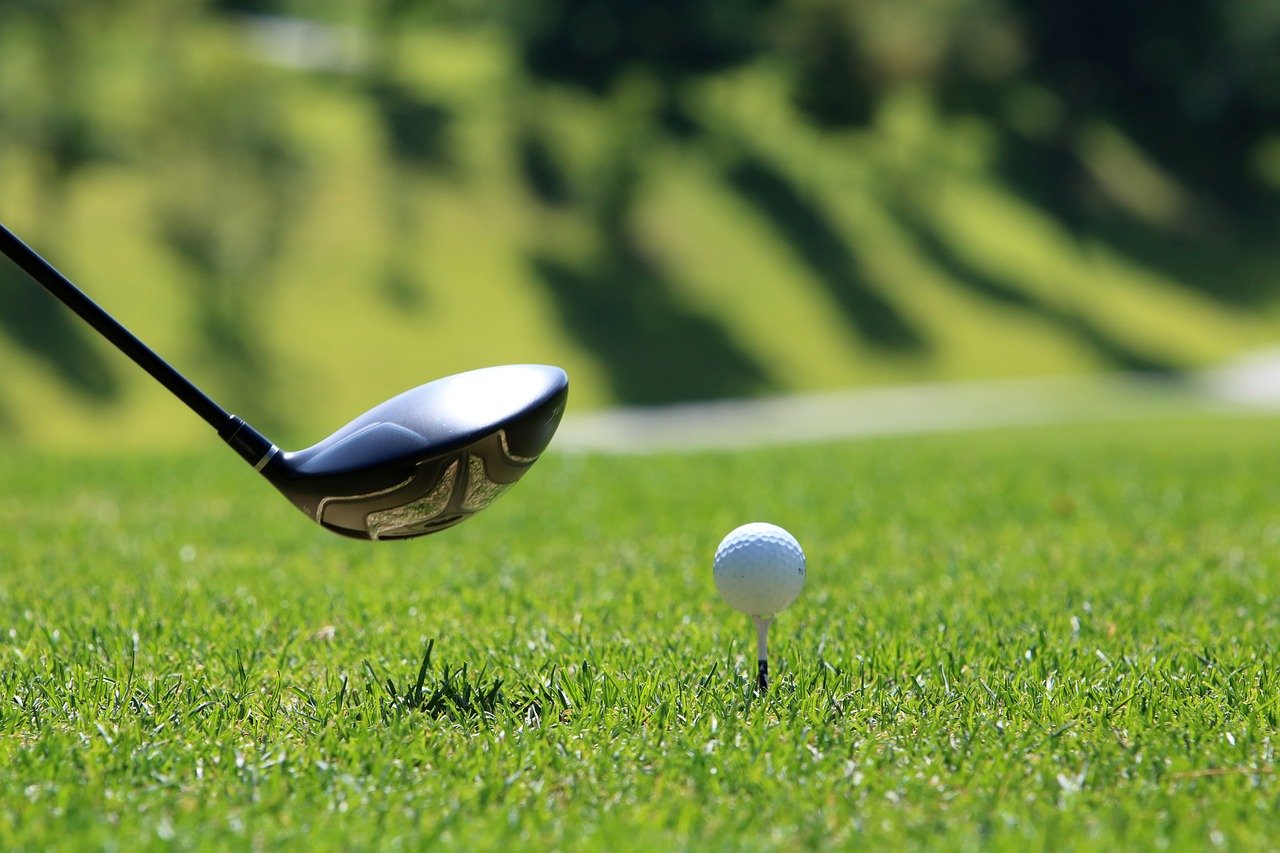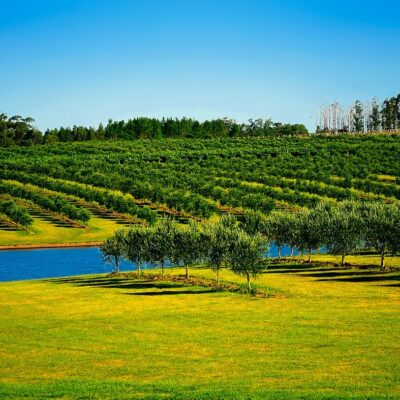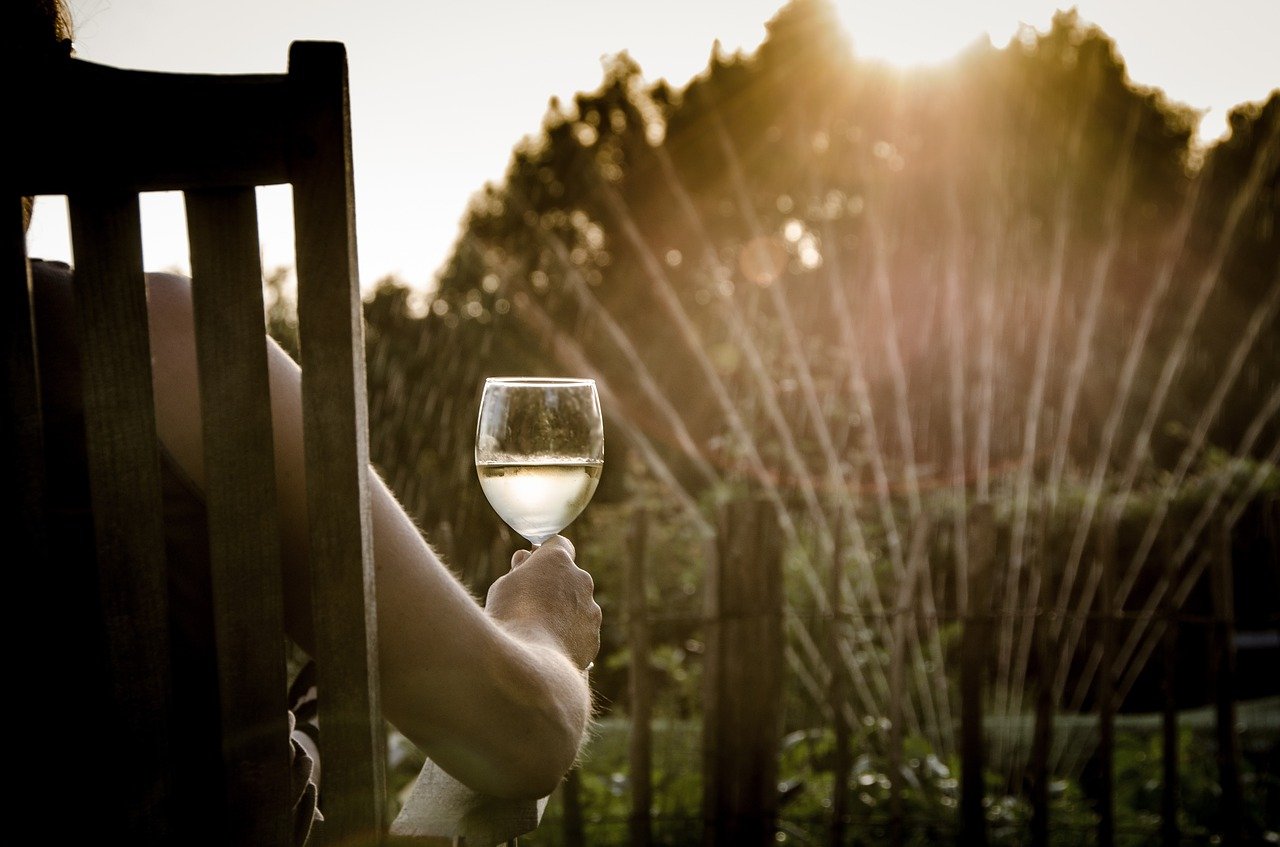Most golf players will appreciate a good course with its smooth playing surface and luxurious feel, however, not too many will understand the dynamics of what makes a golf course the best it can be.
There are many steps to making a golf course, and they all have an important part to play in making the tees, fairways, and rough areas suitable for playing.
However, one of the most important parts of the process is the type of grass that is used.
Factors When Choosing Grass for a Golf Course
You might think that just one general type of golf course turf grass would be sufficient, but there are several factors that need to be considered when selecting the right golf grass.
Soil
To understand what type of grass you need for your golf course, you first have to discover what the soil is like. There are six distinct types of soil, all of which have their own characteristics and suit different types of grass.

Sandy
Sandy soil tends to be light and dry to the touch. This type of soil often contains little nutrients and can be high in acidity. It is, however, good for drainage which can be an important factor. Sandy soil usually warms up quicker after the winter but dries out quickly in the sun.
Clay
Clay is a heavy soil that is high in nutrients, but because it contains up to 25% clay, it stays wet and cold in winter and drys hard in the summer. It does, however, retain water well, and can be slow to drain, particularly after heavy rain. This combination can make things difficult for groundskeepers, and the soil will often need to be mixed with other ingredients to make it manageable.
Silt
Silt soil has a good mix of features that make it good all-round soil. It retains moisture well, but also drains excess water so is less prone to flooding. However, because silt soil is light, it can be washed away easily and can be compacted so it will need work to maintain its integrity.
Peat
This type of soil is not usually found natively and is often imported to add additional moisture. It is known for being a great soil for growing plants because of its nutrients and moisture retention. Soils with low nutrients or poor drainage will often have peat mixed with them.
Chalk
Because of the high levels of calcium carbonate in chalky soil, it will have a strong alkali profile. This type of soil only supports certain types of plants, so you need to find a golf grass that is happy to grow in alkali soil.
Other Factors
As well as soil, there are other factors that will determine which type of grass you decide to use.
- Sun - The amount of sun that the course gets each day in the summer months can be crucial for which grass you use. Some like a lot of sun and will thrive, while others will lose colour.
- Temperature - Some of the hardier types of grass will be happy in low temperatures, however, others will become damaged and die, especially if temperatures drop below zero.
- Artificial grass vs organic grass - most courses use natural grass but there are some that use artificial grass.
Types of Golf Course Grass
Once you know what type of soil you have, you can think about which golf grass will be best, and what other ingredients you will need to add to make the grass grow healthy and strong.
Bermuda Grass
Bermuda grass is warm season grass, used in tropical and subtropical areas of the world where there is a lot of prolonged sun. Not only can this grass cope with long periods of sun exposure, but it is also drought resistant, which helps golf courses that need to stick to water restrictions.
Although Bermuda grasses can cope with mild winters, it will lose colour and wither if the temperatures get too low.
Bent Grass
Bent grass (sometimes known as Agrostis) is a highly durable type that has many varieties to choose from. Because of this characteristic, it is used a lot in municipal golf courses which have a lot of players using the course.
As well as being hardy, it also copes well with little water, so courses that have to monitor their water usage will find this grass a good alternative.
This type of grass with it's fine texture can also be used to great effect on greens because it can cope with being cut quite short while retaining its colour.
Zoysia Grass
Zoysia is a slow-growing grass compared to other types. It is a drought tolerant grass and can be used where there is a lot of heat and can cope with drought conditions.
When it grows, Zoysia is a thick grass that is stiff and hard-wearing, this makes it particularly good on fairways and greens and it is often used on tee boxes.
Perennial RyeGrass
Ryegrass is probably one of the most widely used grasses on golf courses. It is used mainly on fairways and in rough areas and is often ideal for patching damaged areas, or where grass has died off.
Ryegrass can be mowed short and suits courses located in cooler summer areas. Although Rye grass is hard-wearing, it doesn’t like extremely low temperatures. Anything below freezing and the grass is liable to die off.
Poa Annua Grass
Poa Annua is a cool season grass that has a bit of a reputation for being more difficult to play on.
It is often known simply as "Poa" and is fast growing and not found on too many courses but can often be seen on the west coast of the USA.
It is low-growing so does not require a great deal of maintenance.
Fescue Grass
Fescue grass likes the shade, which is why many golf courses use it in the long rough areas that typically also have trees and other shade.
There are over 300 varieties of this grass and it is popular with golf course designers but there are types that are specifically used for golf courses that are fast-growing and occasionally used on the putting green.
Smooth Stalked Meadow Grass
This type of grass is similar to Bermuda grass and is hard-wearing, which makes it ideal for golf courses. It is also used quite often on grass tennis courts.
One downside to this grass is that it can be slow to establish. This makes it tough for new golf courses to get the grass settled well enough in a reasonable timeframe.
As you can see, there are many types of golf course grass that are used on courses around the world, along with many factors that need to be considered before choosing the right one.



